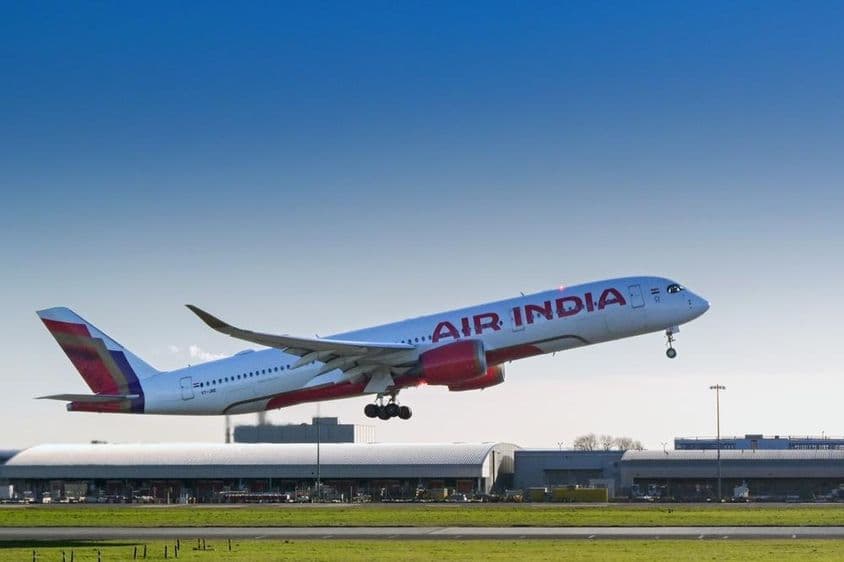Pakistan Closes Airspace, Impacting India-UAE Flights

Air Traffic Disruptions between UAE and India: Pakistan Closes Airspace to Indian Airlines
Flights between the United Arab Emirates and India face a new challenge: On April 24, 2025, Pakistan immediately closed its airspace to all Indian-owned and operated airlines. This decision comes in the wake of a severe terrorist attack in which 26 Indian tourists lost their lives in the Jammu and Kashmir region. The situation has rapidly escalated, and political tensions are once again impacting air transport.
Why is this step important?
The air traffic between the UAE and India travels through one of the world's busiest air corridors. Dozens of flights depart daily from airports in Dubai, Abu Dhabi, and Sharjah to major Indian cities like Delhi, Mumbai, or Bengaluru. Many of these flights traditionally pass through Pakistani airspace, offering the shortest and most economical route.
With Pakistan’s airspace closure, these flights are forced to take longer, detour routes over the Arabian Sea, for example. This can add up to two extra hours of flight time, affecting not only passenger comfort but significantly increasing fuel costs as well.
Who is most affected?
The airspace closure specifically affects Indian-owned or operated airlines, like Air India, IndiGo, or Air India Express. Airlines operating in the UAE—such as Emirates, Etihad, flydubai, or Air Arabia—can still use Pakistani airspace, so they are not directly impacted by the decision. However, due to congestion at Indian airports, reshuffling of landing slots, and flight diversions, indirect delays and adjustments are expected.
What could be the consequences?
If the airspace closure continues for an extended period, whether days or weeks, it could lead to more severe consequences:
Flight delays: Delays ranging from 30 to 120 minutes could occur, especially for flights heading to northern Indian destinations.
Stopovers and new routes: Some flights may have to introduce stopovers or reroute entirely.
Increasing ticket prices: Longer routes mean higher fuel costs, which could lead to price hikes in the medium term—although airlines initially try not to pass these costs directly onto passengers.
Booking chaos: Rescheduling flights, especially during peak times (school holidays, summer travel season), could become problematic.
Past examples—this is not the first instance
This is not the first time political tensions have disrupted air travel in the region. In 2019, after the Pulwama attack and subsequent military escalation, Pakistan shut its airspace for over four months, affecting hundreds of flights daily. During that time, flights from the UAE to India were delayed by an average of 60-90 minutes, with some being fully canceled or heavily modified.
What should passengers do?
Those traveling to India with Indian airlines in the coming days or weeks should:
Keep monitoring flight information—via airline websites or mobile apps.
Plan ahead—leave extra time for connections, or consider a direct flight with an airline not subject to the airspace closure.
Get insurance—travel insurance for flight cancellation or delay can save you a lot of trouble.
Summary
The closure of Pakistani airspace poses a new challenge for air travel between the UAE and India, especially affecting passengers of Indian airlines. Although the situation is currently manageable, prolonged tensions could lead to more significant disruptions. It's advisable to stay vigilant over the coming days and adapt flexibly to new schedules if necessary. Airports in Dubai, Abu Dhabi, and Sharjah remain safe and active air transport hubs—but rapid adaptation to changes is now crucial.
(The source of this article is an Air India announcement.)
If you find any errors on this page, please let us know via email.


